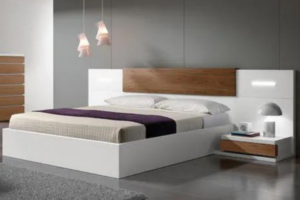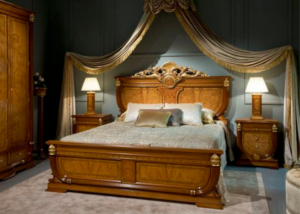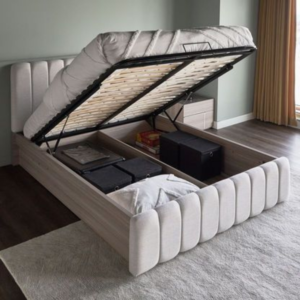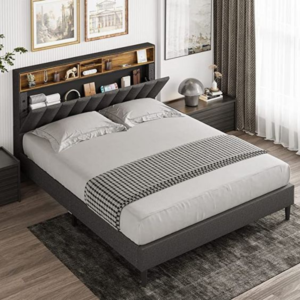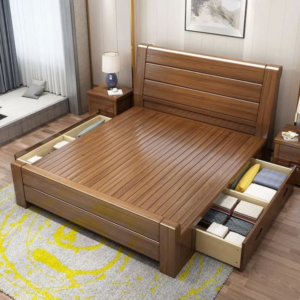Introduction: A good night’s sleep is essential for our physical and mental well-being, and one of the key factors that influence our sleep quality is the bed we sleep on. With so many options available, choosing the right bed can be overwhelming. Fear not! In this comprehensive bed-buying guide, we’ll walk you through the essential factors to consider, helping you find the perfect bed for your sleep haven.
Quick Points to Consider in This Article:
- Assess your needs and space.
- Estimate the budget you want to spend.
- Method of making the furniture (on-site furniture making, on order, ready-made).
- Type of material.
- Size of the bed.
- Type of bed (with storage or without, laminated or polished, upholstered or without).
1] Assess Your Needs and Space:
First, decide on your specific need for buying the furniture. Do you want to buy for children, for a bedroom, guest room, or any other need? Take into consideration any medical conditions that you want to accommodate. Also, consider the size of the room in which you plan to place the bed. Answering these questions will help you find the most suitable bed for your needs.
2] Estimate the Budget You Want to Spend:
It’s essential to estimate the budget you want to spend on the furniture so that you don’t end up spending more or less than intended. This is a critical point to consider.

3] Method of Making the Furniture (On-Site Furniture Making, On Order, Ready-Made):
After considering points 1 & 2, deciding on the method of making the furniture becomes easier. You can choose to have the bed made on-site, where the carpenter will come to your location and build the furniture to your specific needs. This option is costly compared to others, but it can provide the best finishing if you choose the right carpenter.
The second method is on-order furniture making. You give an order to a furniture manufacturer or retailer, and they will make the bed according to your specifications and install it at your site. This option allows for customization and is more budget-friendly than on-site making. Though the finishing may not be as exquisite as on-site, it is still of good quality and has a shorter completion time.
The third option is to buy ready-made furniture. Here, you do not have the option of customization, but it is the most economical choice. The bed can be delivered to your doorstep within a few hours.
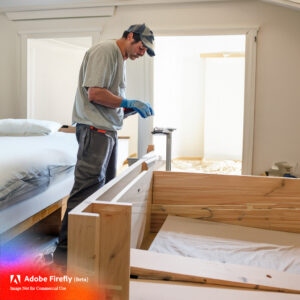
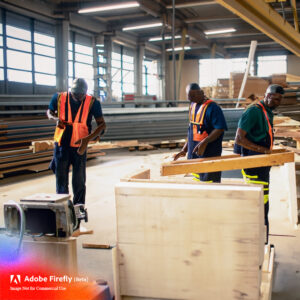
4] Material:
After discussing the first three points, the most important thing to consider is the material of the furniture. Beds can be made from solid wood, engineered wood, or metal, each with its own merits and demerits.
Solid wood is the most expensive and durable option for a bed. It includes teak wood, Sheesham, mango wood, etc. The average lifespan of a solid wood bed is 15 to 20 years, and with the best craftsmanship and materials, it can last for generations. If you want a long-lasting bed without budget constraints, a solid wood bed is a great choice.
The second option is engineered wood, which includes plywood, HDF, MDF, LDF, and PB. Plywood is the best option among engineered woods. A bed made from plywood, on average, lasts up to 10-15 years, and with high-quality and proper thickness plywood, it can last up to 25-30 years. This option is more budget-friendly than solid wood.
Particle board is made from wood particles and has a lifespan of 3-5 years. It is the most economical option and suitable for those who frequently change their living situation.
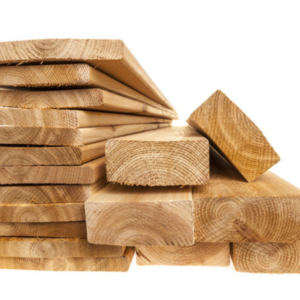
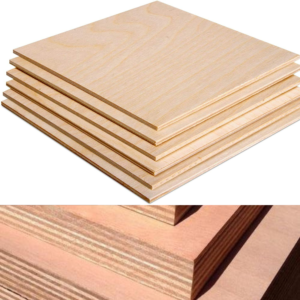
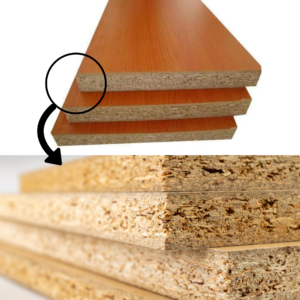
5] Size of the Bed:
If you are making the furniture on-site or on order, you can customize the size according to your needs, but consider the standard mattress sizes available in the market. Standard sizes include:
- Single: 72 to 78 inches in length, 30, 36, or 42 inches in breadth.
- Double: 72 to 75 inches in length, 48 inches in breadth.
- Queen: 72 to 75 inches in length, 60 or 66 inches in breadth.
- King: 72 to 78 inches in length, 72 inches or 78 inches, or 84 inches in breadth.
- Consider the room size and the vacant space left in the room when the bed is placed.
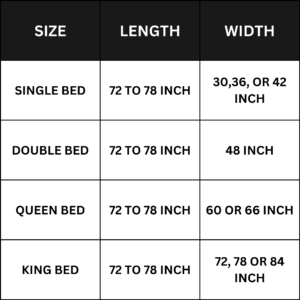
6] Type of Bed:
Now, having considered all the previous points, you must decide on the type of bed you want. Firstly, decide between a laminate finish or polish.
The laminate finish is durable, long-lasting, and economical. It has a good appearance and requires minimal maintenance. Laminates are scratch-resistant and water-resistant, retaining their look over time. There is a vast range of laminate colors and designs available.
Chemically polished beds do not have as much variation and give a classic look to solid wood beds. This type of polish usually costs more but requires skilled craftsmen. It may have an initial odor, but it dissipates over time.
Next, consider whether you want a bed with storage or without, and if with storage, choose between box storage, drawer-like storage, or storage in the headboard. Also in storage, you can add a hydraulic system for easy access. Additionally, decide whether you want an upholstered headboard or a plain one. Upholstered headboards offer comfort and an aesthetically pleasing look but may increase the price. Conclusion: Consider these points and choose the best bed that suits your needs and budget. This article concludes here.
